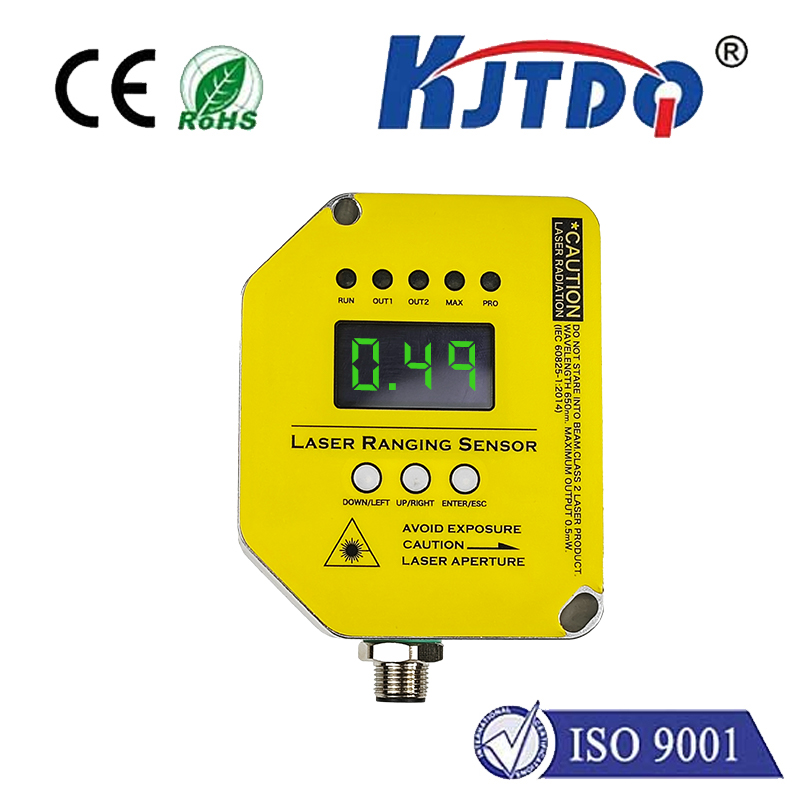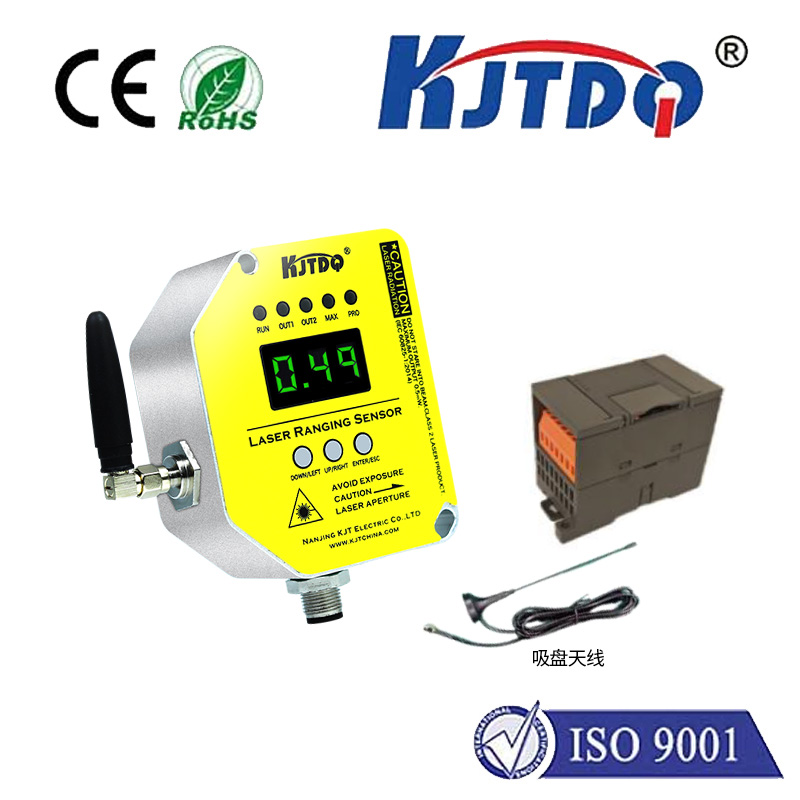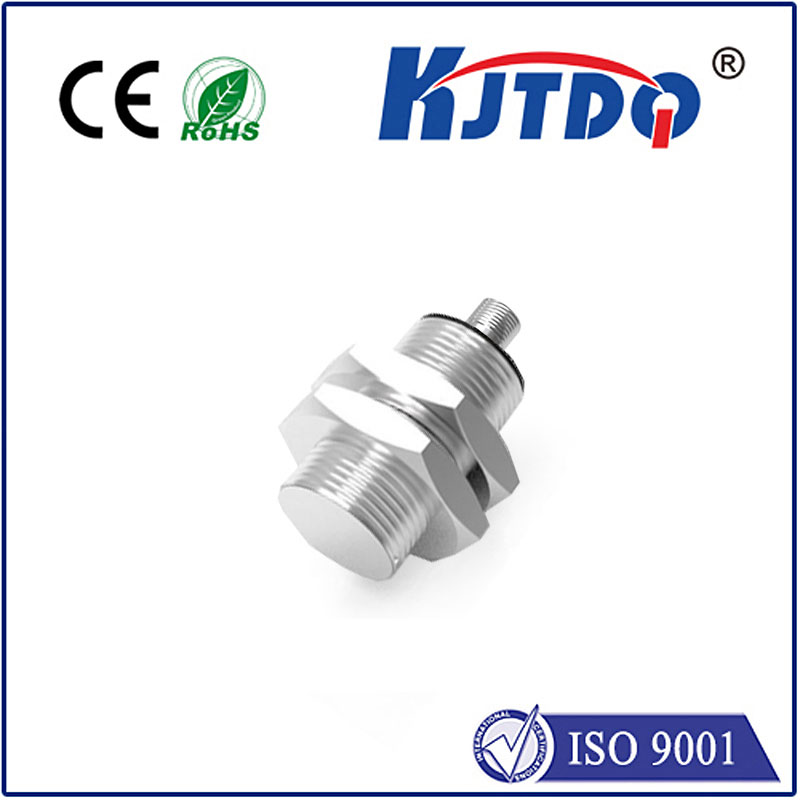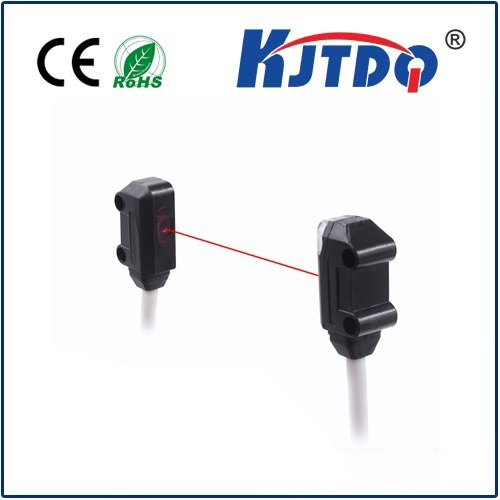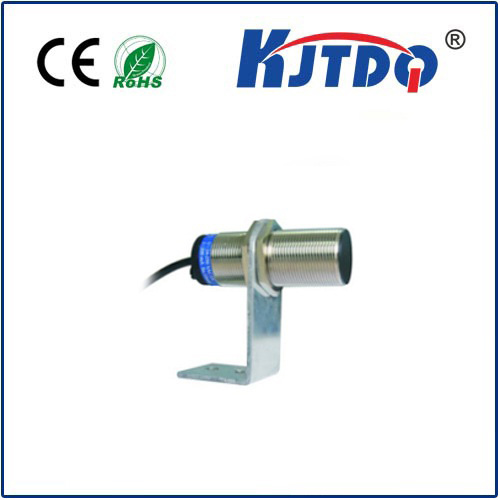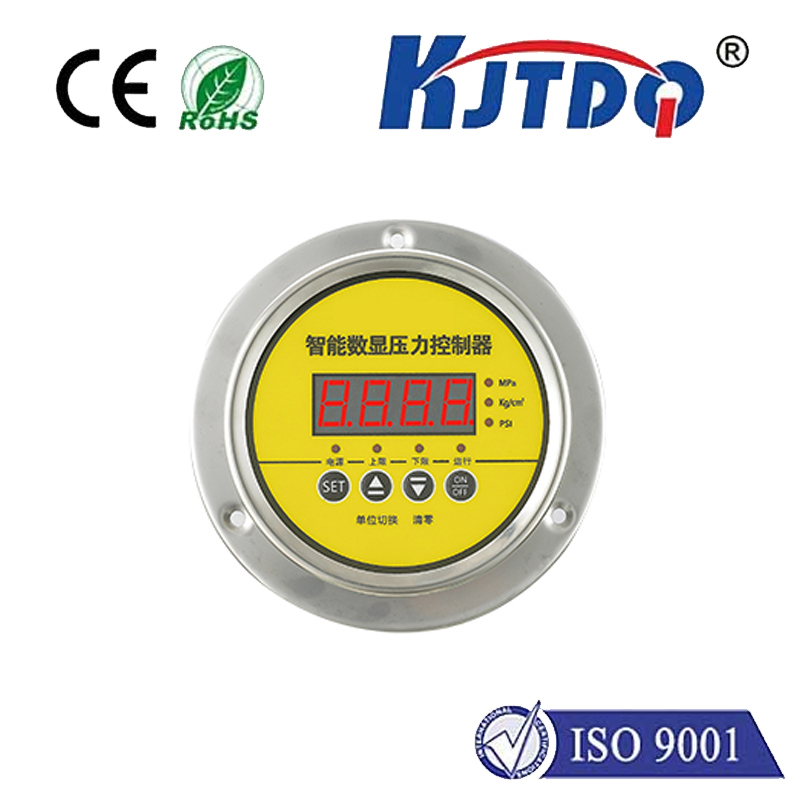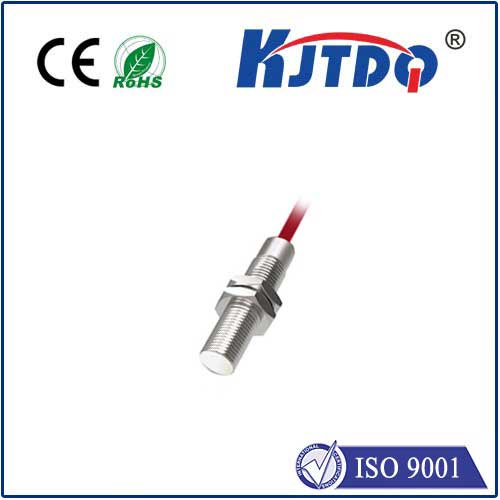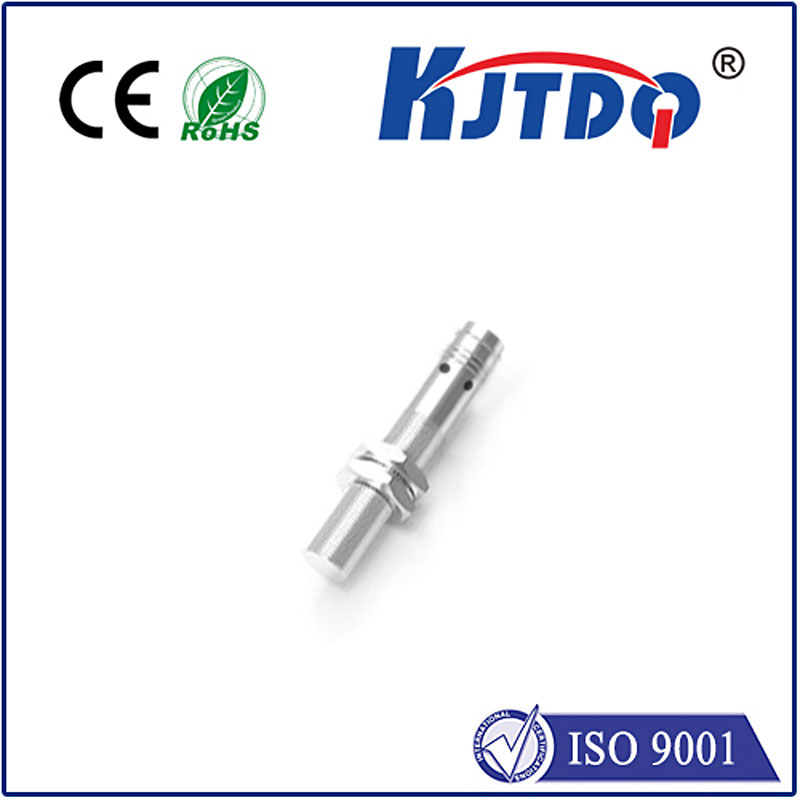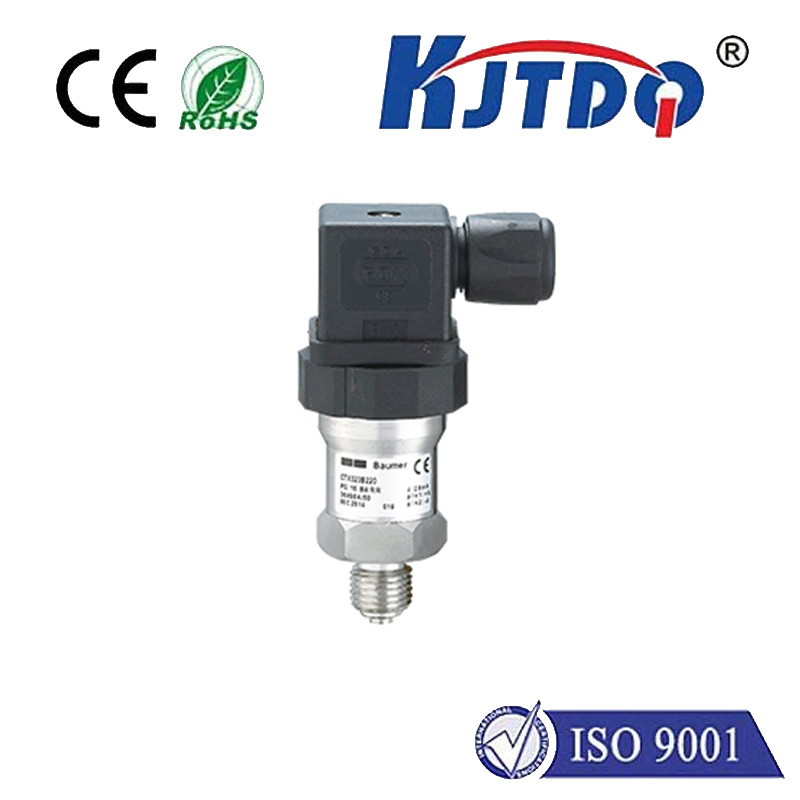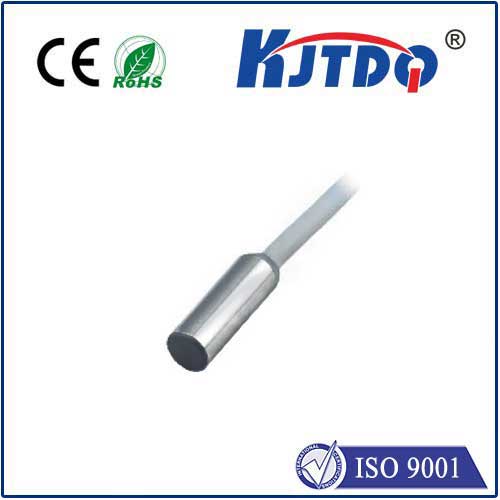

check

check

check

check

check

check

check

check

check

check
Body Paragraph 1:
The world we live in today is increasingly driven by technology, from smartphones to smart homes. One key element that powers these devices is the PNP proximity sensor, a tiny device that has the power to detect and interact with objects in its proximity. With its ability to sense and respond to physical contact, the PNP proximity sensor has transformed the way we interact with our devices and applications.
Body Paragraph 2:
The use cases for PNP proximity sensors are vast and varied. In the realm of consumer electronics, they are commonly found in touch screens, allowing users to tap or gesture at their device without having to physically press buttons. They are also used in automotive safety systems, where they can detect when a vehicle is being occupied or occupied by an incompatible passenger. In industrial settings, they are used to control machine operations based on the presence of nearby objects.
Body Paragraph 3:
But perhaps the greatest potential of the PNP proximity sensor lies in its ability to enable new types of human-machine interactions. As technology continues to advance, we will likely see more and more devices that are designed to work in tandem with their users, rather than simply controlling them. This shift towards more intuitive interfaces will require sensors that can accurately detect and interpret human gestures, such as hand movements or facial expressions. The PNP proximity sensor could be just the tool we need to make this a reality.
Body Paragraph 4:
Despite its many benefits, the PNP proximity sensor is not without its challenges. One major limitation is its accuracy, which can be affected by factors such as interference from other electronic devices. Additionally, as with any sensor technology, there is always the risk of false positives or negatives, leading to unintended behavior in the system. However
